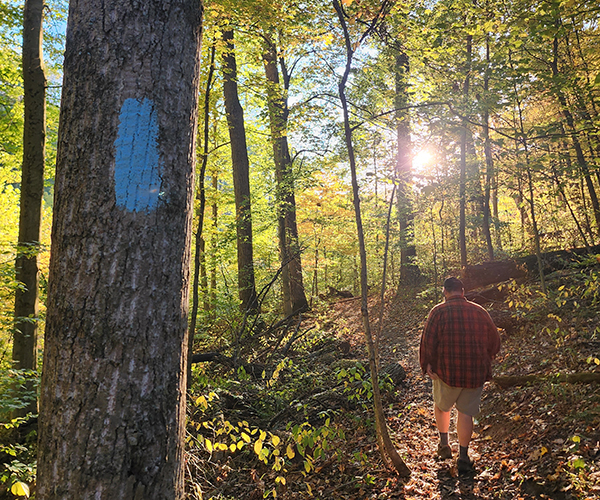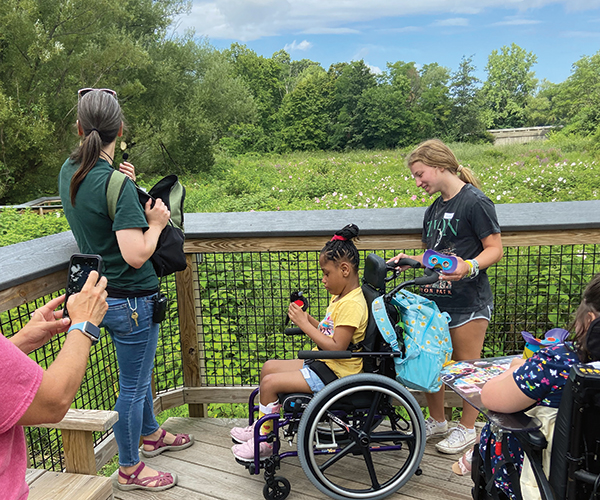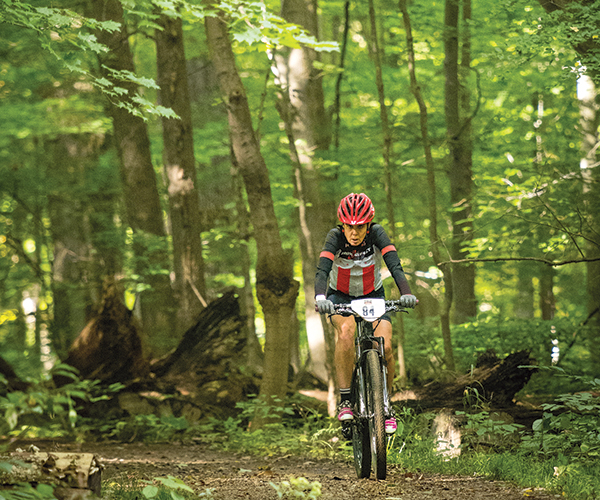Since I moved to the Midwest nearly a decade ago, I've been swooning over Lake Michigan, not to mention its miles of sand dunes, small towns and U.S. Route 31, the road that runs parallel to much of the state's western shore and connects it all.
This feels a little strange for a native New Yorker who once assumed, among other things, that the lake must be small enough to swim across during a workout. I had no clue as to its size or beauty or its influence on those who live beside it. So when a friend proposed a road trip along U.S. Route 31 to explore its neighboring towns and the lakeshore, I eagerly agreed.
Called the West Michigan Pike until 1926, it was part of the Dixie Highway system, though back then much of it was unpaved, trapping vehicles in hub-deep sand. This dismayed Good Roads promoters, local businessmen with an eye on potential tourist dollars, who were often themselves motorists with an itch to travel.
|
If You Go Stafford's Perry Hotel: Bay at Lewis Street, Petoskey, Mich., 1-800-737-1899.
Rates from $85 per night. This is a European-style hotel in Petoskey's
Gaslight District that feels more like a small BandB with its cozy parlors
and Victorian decor. Leg's Inn: 6425 Lake Shore Drive, Cross Village, Mich., (231) 526-2281. If you take the M-119 route from Petoskey, stop here for pierogis, kielbasa and Grandma's potato pancakes before taking C-66 back to U.S. 31. Depending on when you make the drive, you'll find pumpkin patches, orchards and roadside stands selling the fruits of the season. You'll be glad you stopped, not only for the fresh fruit, but also for the experience of chatting (very likely) with the family that grew it. |
There's no shortage of kitsch along U.S. 31. Just north of Traverse, it passes by the town of Elk Rapids. You know the turnoff is drawing near once you spot a very large swan outside the chamber of commerce. Made of papier mché in the 1950s, the overgrown cygnet paraded down Main Street atop many a summer festival float before being retired to the chamber lawn and preserved as a local landmark.
Fifty miles north, near Charlevoix, we were kitsched again, this time by a suspended dish containing a wedge of painted cement pie, a memorial to the World's Largest Cherry Pie. Baked in 1976, the über-dessert was the brainchild of a local restaurateur w?o wanted to celebrate the Bicentennial and make the record books. With almost three tons of tart red cherries as filling, not only did it break the world's record — a 10,000-pound, mincemeat pie made in England in 1932 — but so did the 10-foot, 50-pound knife crafted to cut it.
U.S. 31 runs pretty close to the shore from Charlevoix to Petoskey, our final stop for the day. In the historic Gaslight District, the stately yellow Perry Hotel is hard to miss as you head into town. The 104-year-old hotel was Petoskey's first brick inn? marketed for years as the only fireproof lodging in the area. Before checking out the next morning, we noticed a perfectly scaled miniature of the Perry set on an antique piano. David Kaplan, a teacher from Washington, D.C., and frequent guest, donated the model in the mid-1990s. When I talked to Kaplan, he told me the hotel and its environs were his inspiration.
úI call U.S. 31 the Coastal Boulevard," he said. "The water looks like the Caribbean. The town is clean and orderly. The people are appreciative; they're not on guard. It's that Midwestern hospitality. The air is clean, and it's safe at night. It's a Small Town, America, that seems to be working."
From Petoskey, travelers bound for "the tip of the mitt" can either: head inland along U.S. 31 or take state Route 119, a bluff route that crooks west, skirting the shore until Cross Village. The latter route, the "tunnel of trees," winds past cottages and farmland, alternately gifting travelers with views of Little Traverse Bay or the vivid colors of the autumn forest. Driving through the 20-mile canopy isn't just an enjoyable outing for locals; it's more a part of their winter preparation ritual, an annual "must do."
From there, County Road 66 takes you east, back to U.S. 31. Turn left and you find yourself passing through Levering and Carp Lake, tiny resort towns filled with cabins and motels near Lake Paradise. From there, it's just a handful of miles before the Royal Road quite unceremoniously ends at I-75.
Heading south on U.S. Route 31, we didn't stop until Beulah, home of the Cherry Bowl Theater. This well-maintained 1950s drive-in still delights carloads of viewers during the summer and early fall months. We ordered wedges of cherry pie from the Cherry Hut, which started as just that — a stand offering homemade cherry pies — in the 1920s. Today, it's grown into a full-service restaurant, the kind where waitresses ask regulars, "Will you have the usual today?" and it still makes a mean piece of pie.
?.S. 31 takes a sharp turn west in Scottville, toward Ludington. Gingerbread Victorian homes in bright colors line the downtown's approach. Formerly the residences of lumber barons, many of the stately yet fanciful buildings are now BandBs. We parked downtown and walked out along the pier to the lighthouse. Some locals, seeming more like anxious parents on prom night, were watching for the S.S. Badger, the only car ferry that still crosses Lake Michigan.
In Saugatuck, the harmonious contrast of the art deco, neon clock perched atop the 1880 village hall says a lot about this eclectic town. Lumbermen settled Saugatuck and its former neighbor, Singapore, in the mid-1800s. Much of the wood that rebuilt Chicago after the 1871 fire came from these sister cities. When the trees were gone, the barons left. Blowing sand, no longer held back by the forest, buried Singapore. But Saugatuck took a creative turn in 1910. A group of artists established a summer painting school on Ox-Bow Lagoon, which is run today by the Art Institute of Chicago. The gallery-rich town continues to draw lovers of art and the offbeat.
It's about 45 miles from Saugatuck to St. Joseph, another lakeside resort town that came into its own in the 1930s and '40s, drawing vacationers anxious to dunk in its mineral springs (which are no more). On our Sunday afternoon visit, except for a few people strolling the downtown streets and parks, the shops and galleries were shuttered.
The quiet got me thinking. By now the Royal Road has seen everything from Model Ts to Ferraris. I wondered what the Good Roads travelers thought as they set off on their bumpy adventure almost a century ago. Their U.S. Route 31 had no occasional stretches of big-box stores and fast food, no giant swan, no Cherry Hut or drive-in theater. But surely, they must have pulled over, just as we did each evening, to watch the sun set over Lake Michigan.



